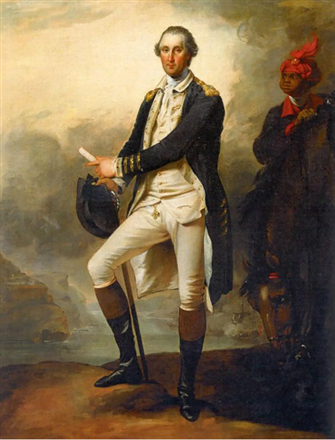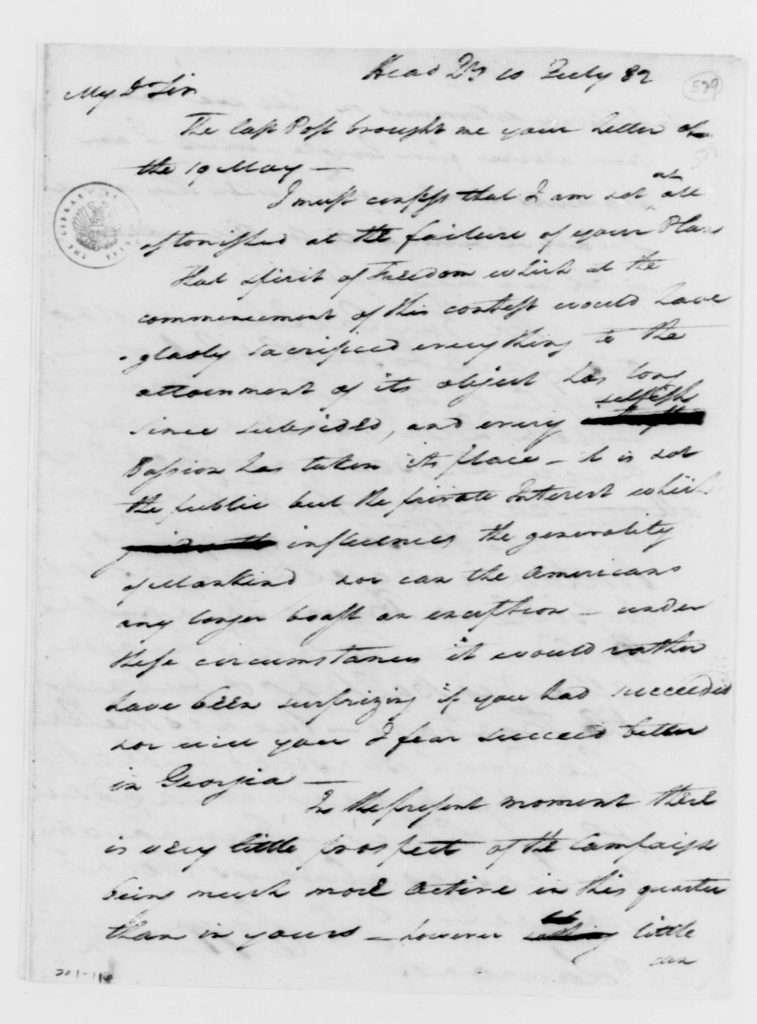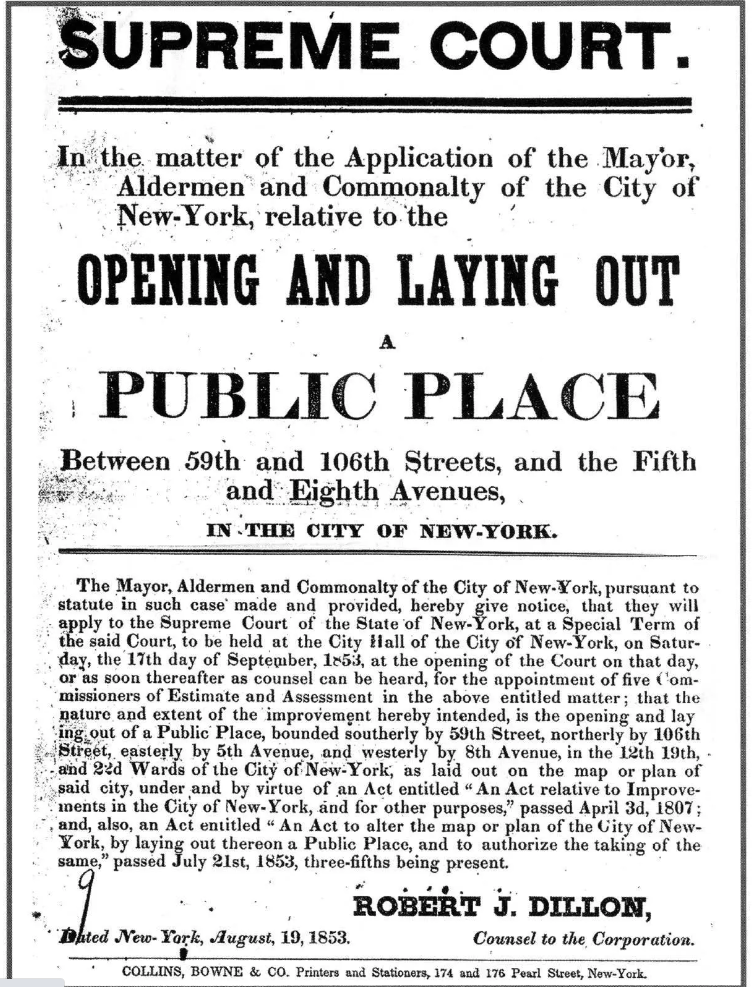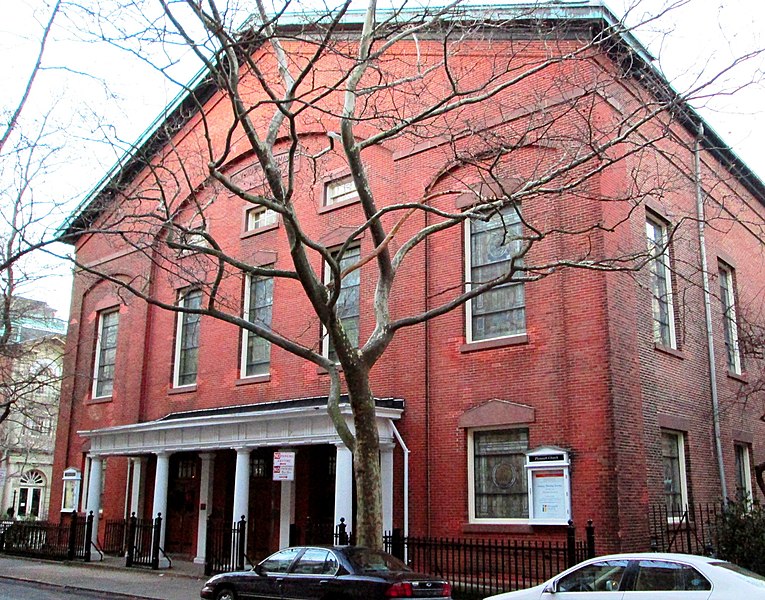While some may consider Alexander Hamilton George Washington’s “Right Hand Man,” the more compelling choice is William Lee, the African American enslaved valet who served Washington for approximately twenty years, including over seven years of the Revolutionary War. (1) From helping the command-in-chief arrange his personal business, to delivering dispatches, to assisting with sartorial tasks, to accompanying Washington on fox hunts, Lee was the ever-present assistant. (1)
In the 1780s, Lee suffered a number of falls that affected his knees. Washington noted in his diary, April 22, 1785, “My Servant William (one of the Chain Carriers) fell, and broke the pan of his knee wch. put a stop to my Surveying; & with much difficulty I was able to get him to Abingdon, being obliged to get a sled to carry him on, as he could neither Walk, stand, or ride. . . ” (2) When Washington became president in 1789, Lee travelled from Mount Vernon to serve Washington in New York City. On his way to the new capital, Lee needed took a detour in Philadelphia to be fitted with a steel brace. Tobias Lear, Washinton’s secretary, wrote that if Lee “is still anxious to come on here the President would gratify him altho’ he will be troublesome. He has been an old & faithful servant. This is enough for the Presidt to grafiy him in every reasonable wish. . . ” (3) Washington’s loyalty was evident, but Lee’s loyalty to his enslaver, was even more so. Due to his injuries, in the summer of 1790, Lee returned to Virginia to serve as the Mount Vernon cobbler. (4)
In George Washington’s will, William Lee is the only enslaved person freed on his death. Washington also left him with a $30 annuity. “And to my Mulatto man William,” Washington wrote, “I give immediate freedom; or if he should prefer it (on account of the accidents which ha[v]e befallen him, and which have rendered him incapable of walking or of any active employment) to remain in the situation he now is, it shall be optional in him to do so.” (5) Washington continued, “This I give him as a testimony of my sense of his attachment to me, and for his faithful services during the Revolutionary War.” (6). Lee was it seemed, Washington’s right hand man. See above for John Trumbull’s 1780 painting, “George Washington,” with the general accompanied by William Lee.
- “William (Billy) Lee,” George Washington’s Mount Vernon Digital Encyclopedia, https://www.mountvernon.org/library/digitalhistory/digital-encyclopedia/article/william-billy-lee/.
- George Washington, “Diary of George Washington (April 22, 1785),” Encyclopedia Virginia: Virginia Humanities, https://encyclopediavirginia.org/entries/diary-of-george-washington-april-22-1785/.
- “William Lee,” Encyclopedia Virginia: Virginia Humanities, https://encyclopediavirginia.org/entries/lee-william-fl-1768-1810/.
- Ibid.
- George Washington, “George Washington’s Last Will and Testament (July 9, 1799),” Encyclopedia Virginia: Virginia Humanities, https://encyclopediavirginia.org/entries/george-washingtons-last-will-and-testament-july-9-1799/.
- Ibid.













